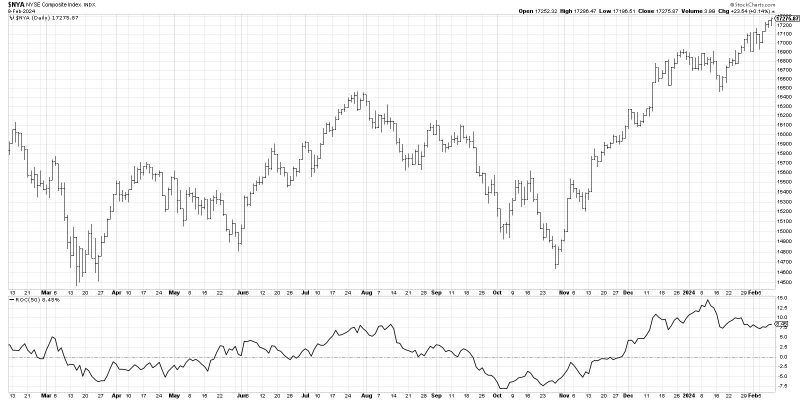The Hindenburg Omen is a technical analysis pattern that is often considered a harbinger of stock market crashes. Its ominous name, taken from the tragic airship accident in 1937, aptly sums up the trepidation it incites in investors. Although it is not a guaranteed indicator of a total market downturn, it’s relevance in the field of stock market analysis can’t be ignored. It is important for investors to understand what it is, its potential implications, and why they should pay heed to it.
Firstly, the Hindenburg Omen isn’t a single event but a combination of several market factors unfolding over a period. It was formulated by Jim Miekka, a blind mathematician and market technician, combining different technical phenomena into a single cohesive theory. These include a considerably high number of both new annual highs and annual lows in the New York Stock Exchange (NYSE), the NYSE Index being above its level from 50 days prior, the number of new lows being at least 2.2% of the total issues traded, and the McClellan Oscillator, a measure of market breadth, being negative on the same day.
What makes the Hindenburg Omen quite alarming is that it is clamoring about an unstable market. The occurrence of both significant new highs and lows conveys a lack of consensus among investors, hinting towards an apprehensive environment. This volatile market condition, if it persists, could escalate into a full-scale bear market.
It’s crucial to remember, though, that not every Hindenburg Omen occurrence has led to a market crash. The probability, according to historical data, is about 25%. This figure, while not monumental, is large enough to be concerning. It is during these precarious times that investors need to take note and exercise prudence.
Ignoring the Hinderburg Omen can potentially lead to sizable financial losses. Investors, without knowing it, could be walking into a snare. While the market is volatile and highly unpredictable, technical indicators such as these can be a lifeline for risk-averse investors. The pattern serves as an early warning system, nudging investors to take appropriate steps to mitigate potential losses.
The most effective way to employ the Hindenburg Omen is as a part of a larger investment strategy. Rather than relying solely on this ominous warning system, investors should utilize it in conjunction with other market analysis tools and indicators. Indeed, savvy investors are aware that no single technical tool holds the key to foolproof investing.
In response to a potential Hindenburg Omen sighting, investors might consider shifting towards hedging investments or safe-haven assets. These actions can provide some buffer against volatile market storms. Additionally, investors should also monitor the market scenario closely for confirming bearish indicators and be prepared to take strategic decisions to safeguard their investments.
The Hindenburg Omen does not provide the exact timing of a market decline or the magnitude of the serge. It is more akin to a storm warning, allowing sailors to batten down the hatches and brace for possible tempestuous seas ahead.
In conclusion, the Hindenburg Omen is a complex and potent tool in stock market analysis. While not always accurate, its occurrence should heighten investor alertness. Like all analysis tools, it has its limitations and should be used judiciously, in tandem with other strategic considerations. Ignorance of the Hindenburg Omen may not be bliss, but a keen understanding could lead to savvier investment decisions.




